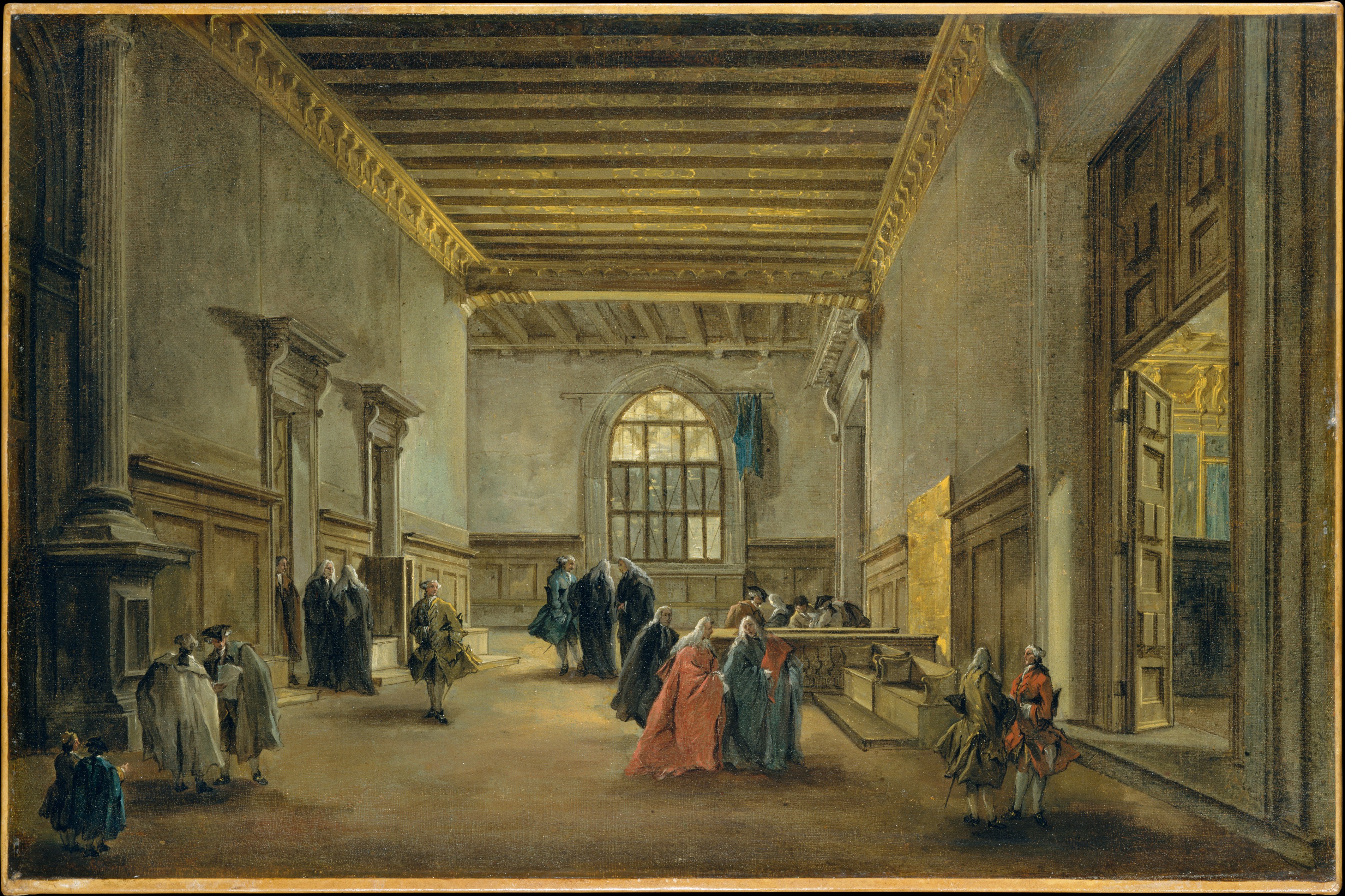We have not been able to find much information about this work, or we believe the information we sourced needed more review.
Bertel Thorvaldsen (1768–1844) with the Bust of Horace Vernet
The painting "Bertel Thorvaldsen (1768–1844) with the Bust of Horace Vernet," created in 1833 by Horace Vernet, is an exemplary work of portraiture executed in oil on canvas. This artwork captures the renowned Danish sculptor Bertel Thorvaldsen alongside a bust of Vernet himself, symbolizing the mutual respect and admiration between the two artists. Vernet, a prominent French painter, was known for his dynamic compositions and historical scenes, which often reflected his interest in contemporary events and figures. The painting not only highlights Vernet's skill in capturing likeness and character but also serves as a testament to the cultural exchange between artists of different nationalities during the 19th century. Vernet's work, including this portrait, contributed to the Romantic movement in France, emphasizing emotion and individualism. This piece remains significant for its depiction of artistic camaraderie and its reflection of the period's artistic values.









































